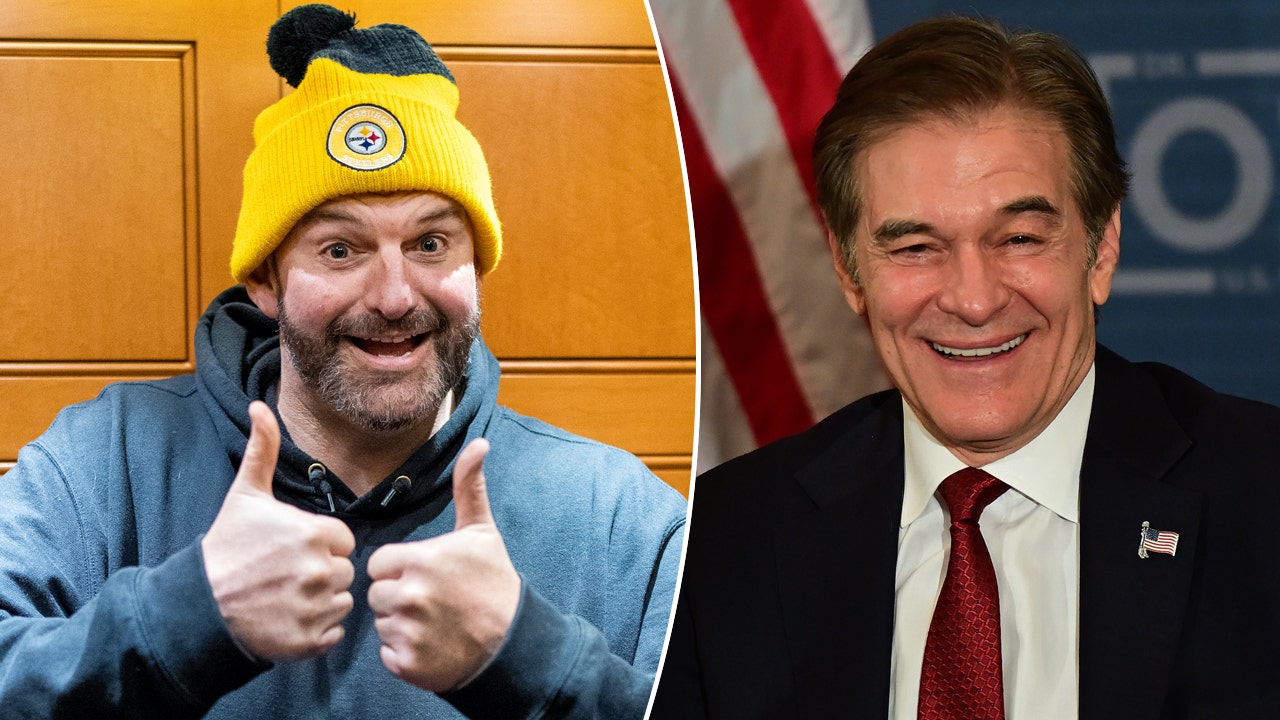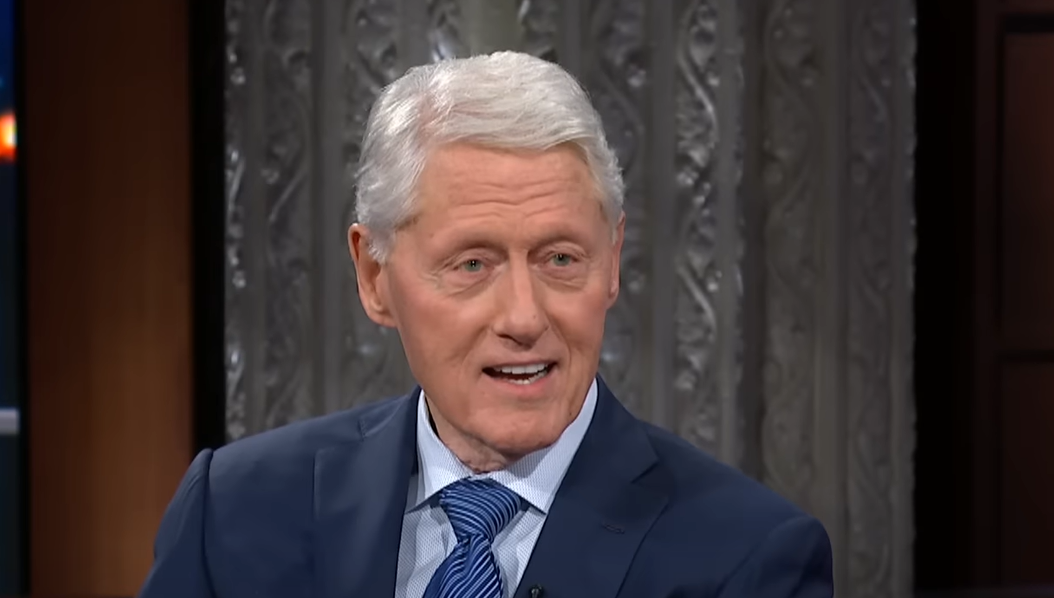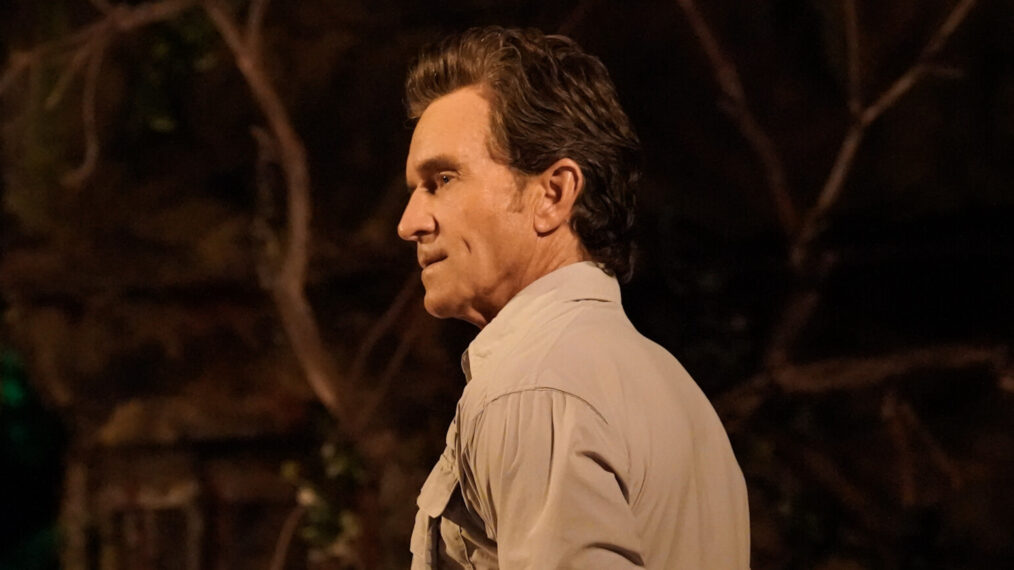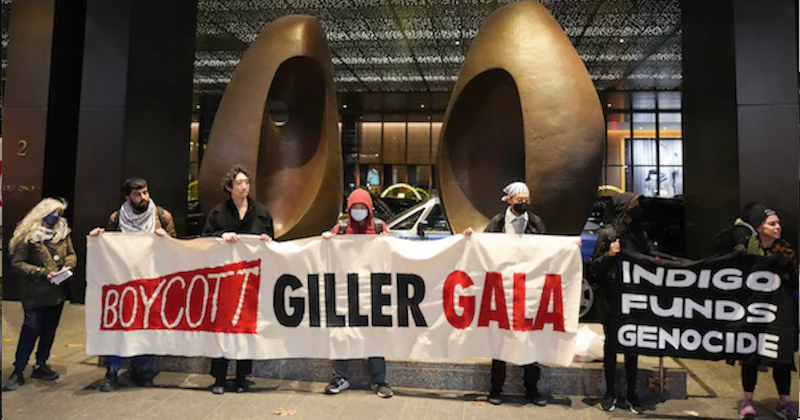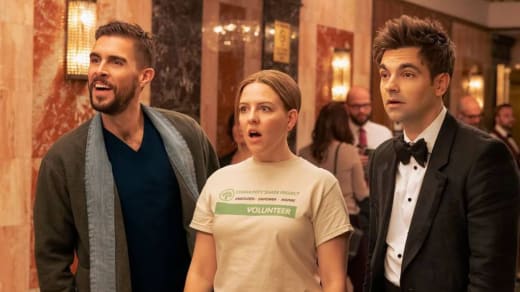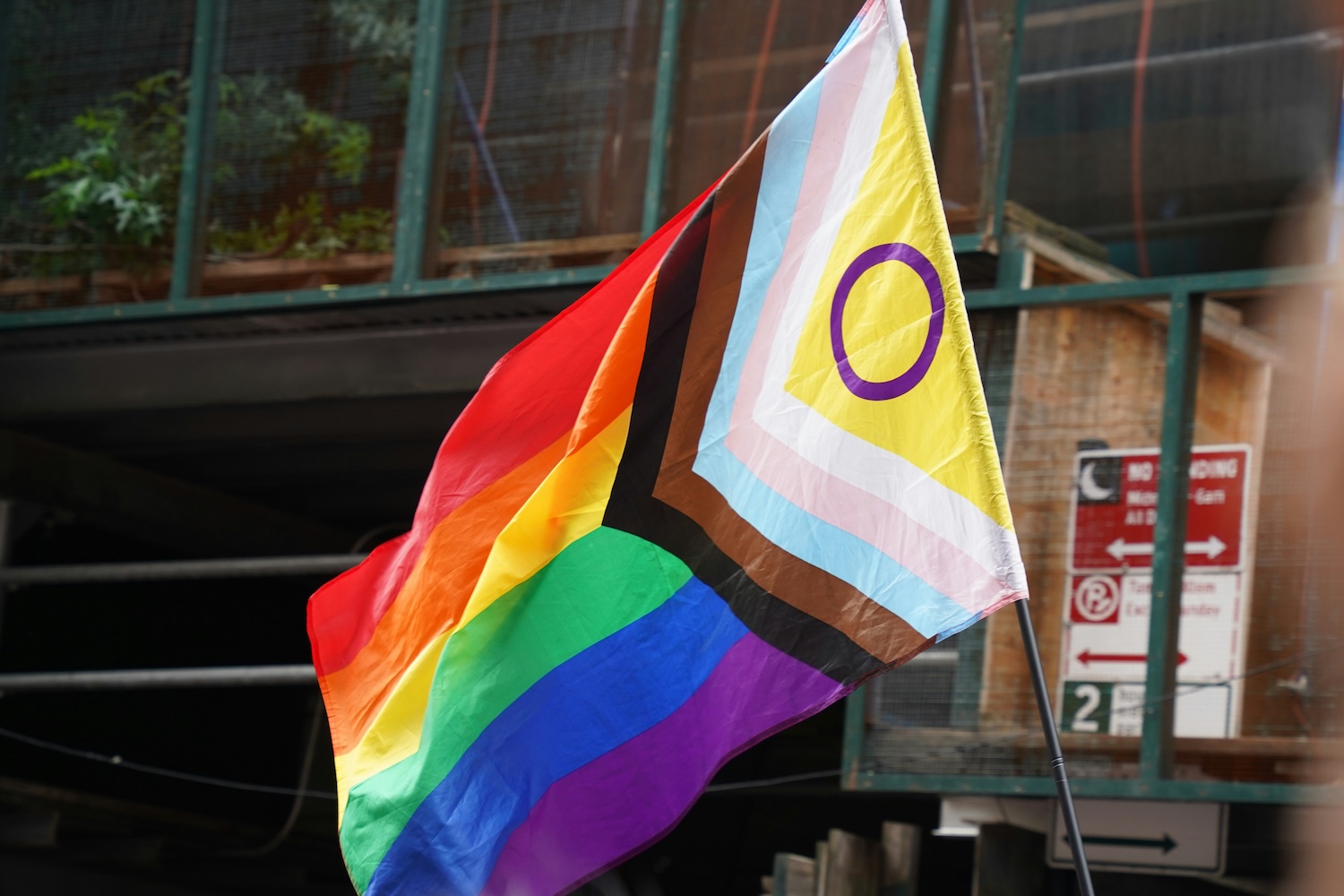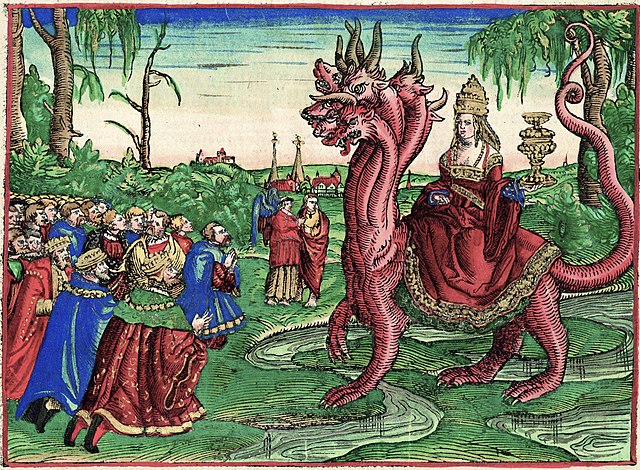Recalling the first time one of his films screened at the Cannes Film Festival, a young filmmaker remembered how the duration of the standing ovation the audience gave seemed to grow with every retelling in the media. In the room, he clocked about “a six-and-a-half-minute standing ovation, [but] by the time I had got back to L.A., it had grown to 20 minutes,” he said. “I said: ‘Wait a minute, I’m happy with six. I never even had a two-minute ovation.’ ”
That director was Steven Spielberg. The film was E.T. the Extra Terrestrial, which closed the 35th Cannes festival in 1982. Even back then, they were timing standing ovations — and arguing about just how long a festival audience stayed on its feet clapping. There’s a long a tradition of using that figure, preferably inflated, as a marketing hook in your movie’s rollout.
“The film that received a 15-minute standing ovation at the Cannes Film Festival!” shouted one billboard ad for Richard Fleischer’s Compulsion (1959).
World premiere standing ovations — who gets a perfunctory three to four minutes, who breaks into double digits — has become an almost manic obsession among festivalgoers, or, more accurately, the film trades, reporters, and online bloggers that cover them. If reporting ovation durations used to be limited to just a handful of extremely long tributes — the 22-minute standing ovation Guillermo del Toro’s Pan’s Labyrinth received at the 2006 Cannes festival, or the 20 minutes the crowd cheered Michael Moore’s Fahrenheit 9/11 premiere in 2004 — now every high-profile premiere gets its standing ovation stopwatch.
The procedure is widely mocked — even by former editor-in-chiefs who played an outsize role in promoting the practice back in the day — but the standing O clock isn’t going anywhere. “I hate it, because it reduces a movie to a single data point, but it’s very sticky data point,” says an executive at a major U.S. indie distributor. “People remember, ‘That film got a 10-minute standing ovation in Cannes.’ ”
Measuring a standing ovation is not an exact science. When does it begin? When the credits roll or when the house lights come up? When does it end? THR timing guidelines are to start the clock the moment people jump to their feet, usually after the house lights come up, and stop when most people begin to sit down, or when the film’s director is given the mic, since the crowd stops clapping to listen. Other standards are available. No one is syncing their watches, so expect discrepancies. (With Megalopolis, THR started the clock during the closing credits, because the attendees were already on their feet, cheering. Others waited for the lights.)
A savvy director, or star, can distort the final number by hyping up the crowd, getting them to stay on their feet longer. Nick Cage, for instance, led the audience in a chant of “Surfer! Suffer! Surfer!” at Friday’s Midnight Screening of The Surfer, keeping them cheering.
And while there are critics and cinephiles in these audiences, the big red carpet premieres are also packed with European socialites and celebrity-spotters, dodgy financiers and employees of the companies that made the movie you’re watching. Many of these folks are not applauding a film’s artistic merits, they are celebrating the artists in the room, or even the event itself. Films with big, starry casts get longer standing ovations. So do those with legendary directors. The lengthy standing O for Megalopolis says less about what the Cannes audience really thought of the film and more about their desire to pay tribute to Francis Ford Coppola and his cinematic legacy.
“When people stand for ovations at the end, they’re partly standing for how they were made to feel by the film, but they’re also standing for their excitement for the people involved,” David Kajganich, writer and producer of Luca Guadagnino’s Bones and All, told THR after that film’s Venice festival debut in 2022. “To me, it’s more about the people than about the film.”




